The Importance of Receiving Annual Skin Checks
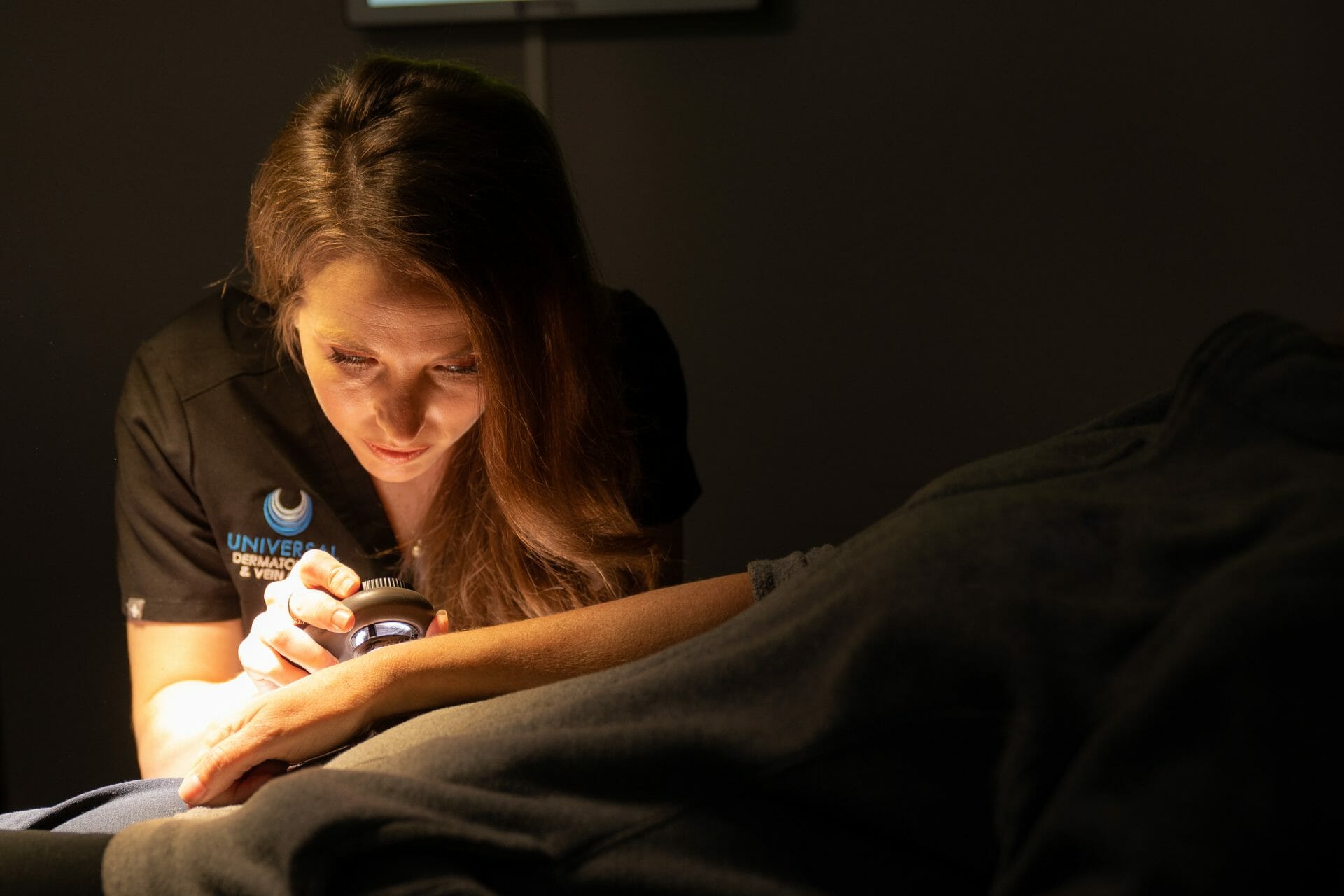 Many people undervalue the importance of skincare and skin checks. However, the fact remains that our skin is our first point of contact with the outside world and may require extra attention. Just as there are many layers of the skin, there are also many layers and levels of skincare. The first level of skincare is taking care of your skin from the inside out. This includes eating and drinking well, resting sufficiently, and exercising regularly.
Many people undervalue the importance of skincare and skin checks. However, the fact remains that our skin is our first point of contact with the outside world and may require extra attention. Just as there are many layers of the skin, there are also many layers and levels of skincare. The first level of skincare is taking care of your skin from the inside out. This includes eating and drinking well, resting sufficiently, and exercising regularly.
Skincare Inside and Out
In many ways, the old adage, “you are what you eat” is true. What you eat and drink will show up on your skin. Do your best to stay away from processed foods and sugary drinks. Drink lots of water, eat fruits, vegetables, lean meats, and exercise regularly.
In addition to taking care of your skin from the inside, there are lots of things you can do to take care of your skin on the outside. With the right topical care and necessary professional treatments, you will be able to have youthful, glowing, and healthy skin. The first step in good external skincare is, of course, scheduling an annual check with your dermatologist.
The Importance of Annual Skin Checks
A regular skin check is just as important as an annual physical. It is easy to take the condition of your skin for granted, especially because we are used to looking at it every day—its condition is our normal. However, there are many conditions that can go undetected. With an annual skin exam, you are able to take the necessary corrective and preventative steps for conditions like these.
For example, one in every five Americans will develop skin cancer in their lifetime (AAD). One of the reasons for this is the inability to identify early symptoms and warning signs. When detected early enough, skin cancer can be extremely treatable. Annual skin checks can make a huge difference in treating this condition effectively.
Taking Care of Your Skin Between Annual Skin Care Exams
Naturally, it is expected that you will continue to take care of your skin between annual checks. Here are two of the most important aspects of skincare that you should do daily.
Moisturizing
Moisturizing the skin regularly is an often overlooked part of skincare. However, it is one of the most recommended practices in dermatology. Keeping your skin properly moisturized can help guard against certain diseases and skin conditions, so it is always recommended—especially in the summer and winter months when the weather can be particularly harsh and drying for the skin.
Wearing Sunscreen
Sunscreen, like moisturizers, is another often ignored skincare habit. UV rays have been directly linked with skin cancer. As such, it is important that you protect yourself and your skin. A sunscreen with SPF 30 has been proven to effectively block out around 97% of the sun’s rays from harming the skin.
Get Professional Dermatology Care Today
It is easy to think of dermatologists as the doctors you turn to when something is wrong. However, you shouldn’t wait until there is a problem to schedule an appointment. Dermatological care is an important part of overall health. Therefore, whether you are noticing symptoms of certain conditions or seem to have clear skin, annual checks and skincare treatments by professionals is important.
Universal Dermatology & Vein Care can provide comprehensive dermatology care for your skin, hair, and nails. We have a friendly and experience team waiting to answer your questions and provide you with any treatment options you may need. Contact us today to schedule an annual skin check!
Lear MoreMelanoma Awareness: What Is It? What Are The Signs?

What Is It?
Cancerous growths develop when the DNA of skin cells experiences extreme damage. This is typically caused by intense exposure to ultraviolet radiation, either from the sun or tanning beds. The damage triggers maladaptive genetic mutations, causing the skin cells to multiply rapidly and form malignant tumors. These often take place in moles but can affect other areas of the skin as well. In fact, when melanoma develops, it often takes the form of a mole, though the coloring can be very different.
Causes and Prevention of Skin Cancer
Genetics, as well as skin type, can cause a person to be more prone to developing this type of skin cancer. The following factors have been shown to increase your susceptibility:
- High mole and/or freckle density
- The presence of atypical moles, age/sun/liver spots or birthmarks
- Having pale or fair skin
- Having red, orange, or light-colored hair
- Getting sunburned fairly regularly
- Frequent exposure to the sun
- Family history of this or other skin cancers
Unfortunately, many of these factors are unavoidable and out of an individual’s control. However, regulating the amount of time you spend in the sun, as well as practicing proper skin care strategies when in the sun, are factors that a pre-disposed person can take extra care to control. Avoid tanning beds at all costs, wear clothes that prevent the penetration of the sun’s rays, opt for sunscreen with a minimum 4-star UVA protection rating, and regularly (and liberally) reapply it, especially after swimming.
Skin Cancer Signs and Symptoms
The first signs and symptoms present as atypical moles or irregular marks on the surface of the skin. Dermatologists advise patients to use the ABCDE self-examination strategy in order to monitor their moles and be aware of any changes. Using this method, the most common signs and symptoms can be noticed early, making your overall prognosis better.
- Asymmetry- An easy way to detect asymmetry is to mentally draw a line down the middle of a mole. Do the two sides match? If not, this is a big red flag.
- Borders- Normal (benign) moles have smooth, even borders. A mole with notched or uneven borders is a cause for concern.
- Color- Most moles are an identical shade of brown. Having a variety of shades and/or colors is another big warning sign, especially if those colors include red, white, or blue.
- Diameter- Benign moles typically have a small diameter. The diameters of atypical lesions often exceed the size of a pencil tip eraser.
- Evolving- Common moles do not change much over time. When a mole begins to evolve in any way, contact a doctor.
Skin Cancer Types
There are four types of melanomas. The most common, ‘Superficial Spreading’, presents on the abdomen, back, or limbs. Cells grow slowly at first before spreading across the skin. ‘Nodulars‘ grow more quickly than others and tend to turn red. ‘Lentingo Malignas‘ are less common and typically affect older people. Starting as a type of stain or freckle, it grows slowly and is less dangerous than other types. The final, ‘Acral Lentiginous’, is the rarest type and usually appears on the palms, under the nails, or on the soles of the feet.
Diagnosing Skin Cancer
After noticing changes in the moles or skin, seek medical help immediately. Dermatologists like those at Universal Dermatology & Vein Care can use microscopic or photographic tools to examine the lesion (‘skin abnormality’). If the doctor suspects the presence of skin cancer after this examination, he/she may refer you to a cancer specialist in order to undergo a biopsy, which involves taking a sample of the lesion in order to test the cells in the laboratory. A biopsy will confirm or deny the presence of cancerous traits in your lesion.
Skin Cancer Treatment
For the most part, methods for treating skin cancer are similar to those that treat other types of cancer. However, unlike with many cancers that affect the body internally, skin cancer is easier to remove completely, as it is presented on the outside of the body. Removal surgery is the most common treatment. The procedure involves cutting out the lesion as well as the tissue surrounding it.
If the lesion is too large for this procedure- meaning it covers an extensive area of the skin- a skin graft may become necessary. Skin grafting is a surgical procedure by which normal, healthy skin is removed from one part of the body and is transferred to the affected area. In the event that it has spread to the lymph nodes, a biopsy may also be performed there. Chemotherapy, biological therapy (using drugs to strengthen the immune system), and photodynamic therapy (using drugs, light, and radiation) may also be used in treatment, though they are less common.
Prognosis of Skin Cancer
Although it is considered the most dangerous form of skin cancer, it can still be treated successfully. When recognized and treated early enough, it is almost always curable. However, neglecting to take care of your skin (especially if it is sensitive or relates to any of the risk factors listed above) and failing to monitor and report changes can allow the skin cancer to advance and spread to other parts of the body. Like other cancers, if melanoma spreads, it becomes much more difficult to treat. Preventative care and early action greatly improve your prognosis and, as such, are invaluable tools for beating this type of skin cancer.
If you have any questions about skin cancer prevention or detection, contact the experts at Universal Dermatology & Vein Care!
Lear More4 Skin Care Tips To Help Protect You From Skin Cancer During Spring

1. Use sunscreen with recommended SPF balance
The sun’s rays are harmful. The less of them that your skin is directly exposed to, the healthier your skin will be. Protecting your skin from the harmful sunrays is something you should be doing all year round. Sunscreen is one of the things you can do to protect your skin during the spring. Make sure that you use a sunscreen with an SPF of 20 or more on a daily basis to stay protected.
2. Avoid being in the sun between 10AM and 4PM
In addition to wearing sunscreen, avoid being in the sun whenever possible, and especially at times when it is most harmful. The sun is at its hottest and most harmful during the hours between 10AM and 4PM. If you must be in the sun during these hours, enhance your skin protection by moisturizing properly and using a sunscreen with an appropriate SPF.
3. Continue to moisturize for skin protection
While moisturizing heavily may be associated with the winter months, your skin needs to be continuously moisturized to stay healthy. Try using a lighter, oil-free moisturizer as you transition from winter to spring. This will help keep your skin from drying out and keep it looking and feeling great during springtime.
4. Drink water
Drinking water is one of the things you can do for your body that helps keep it healthy both inside and out. Ensuring that your water intake is sufficient will help you maintain hydrated and glowing skin as well as keep your body functioning well. Getting in the recommended daily amount is a good place to start.
Lear More
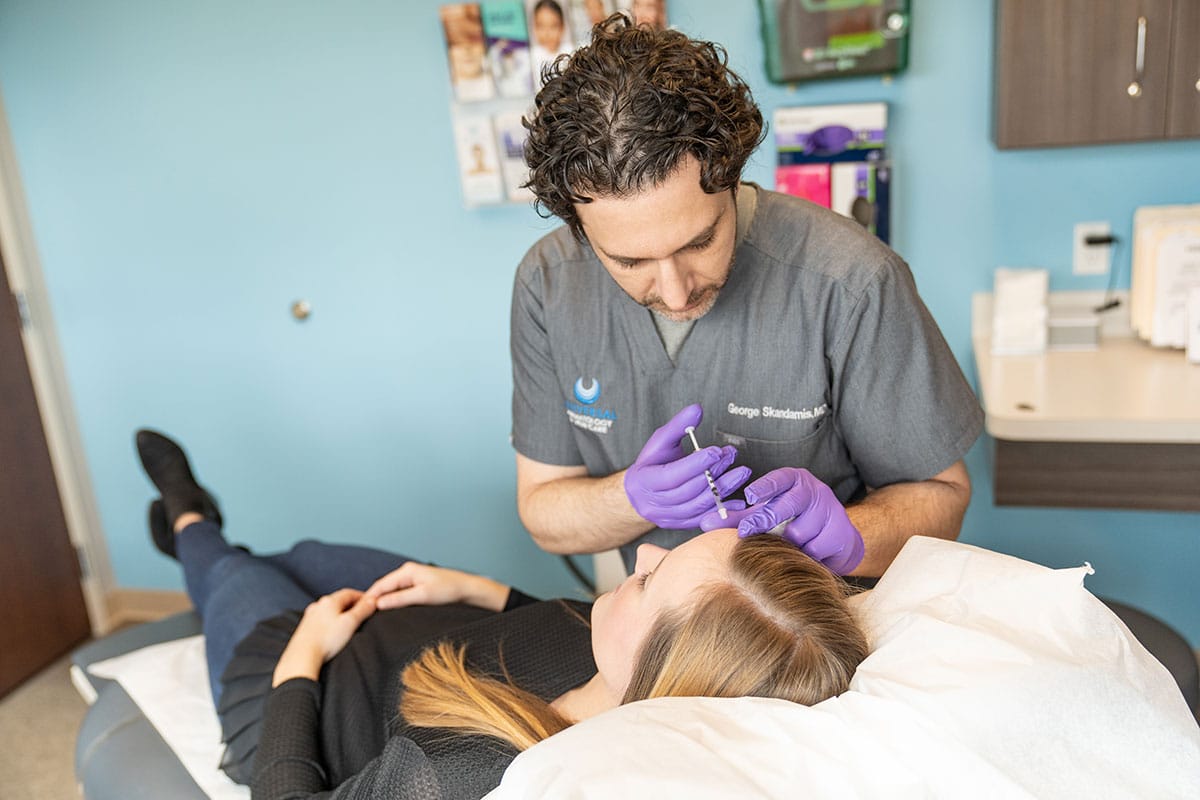 Our Dermatologists
Our Dermatologists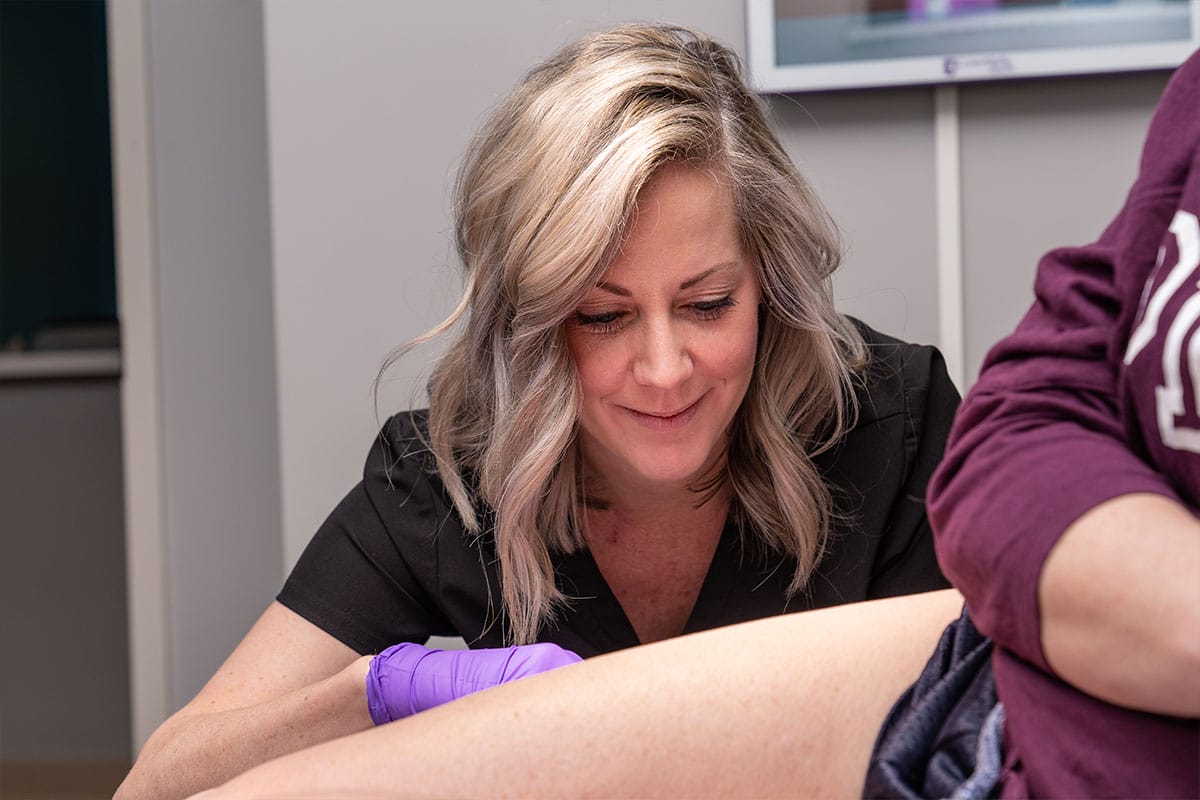 Our Providers
Our Providers Our Staff
Our Staff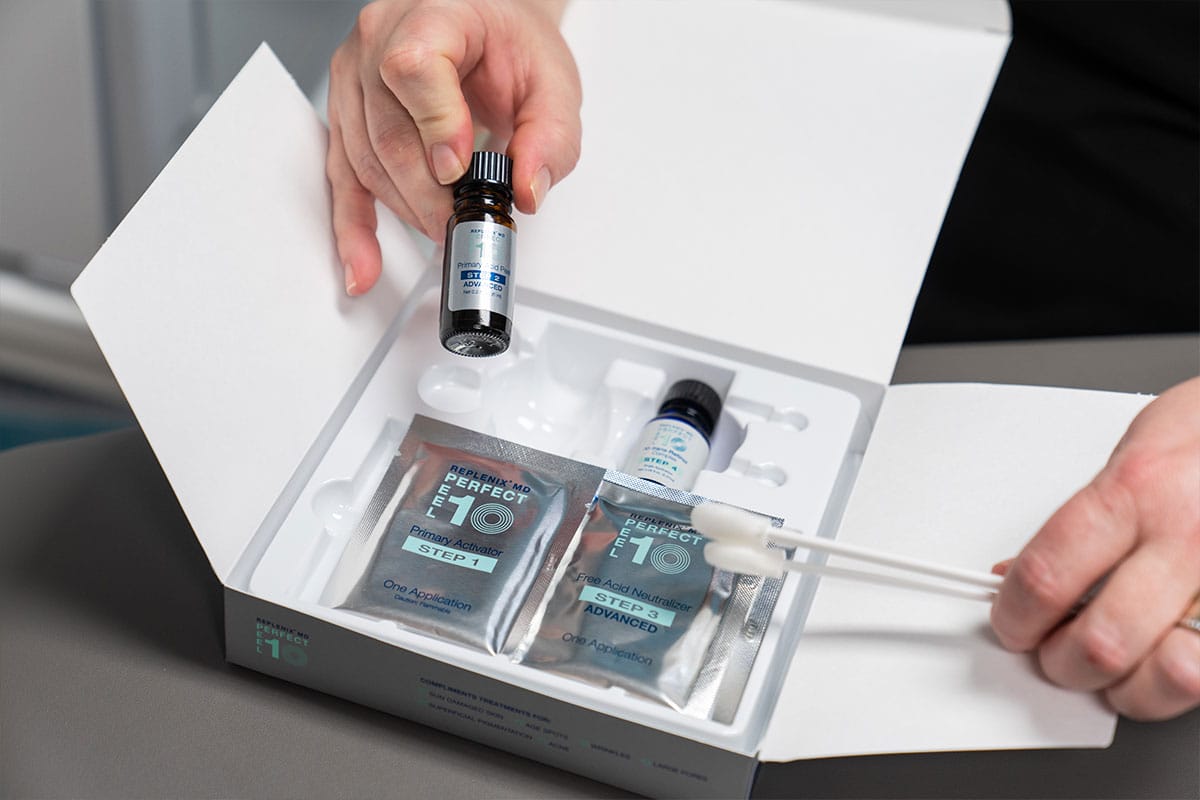 Specials
Specials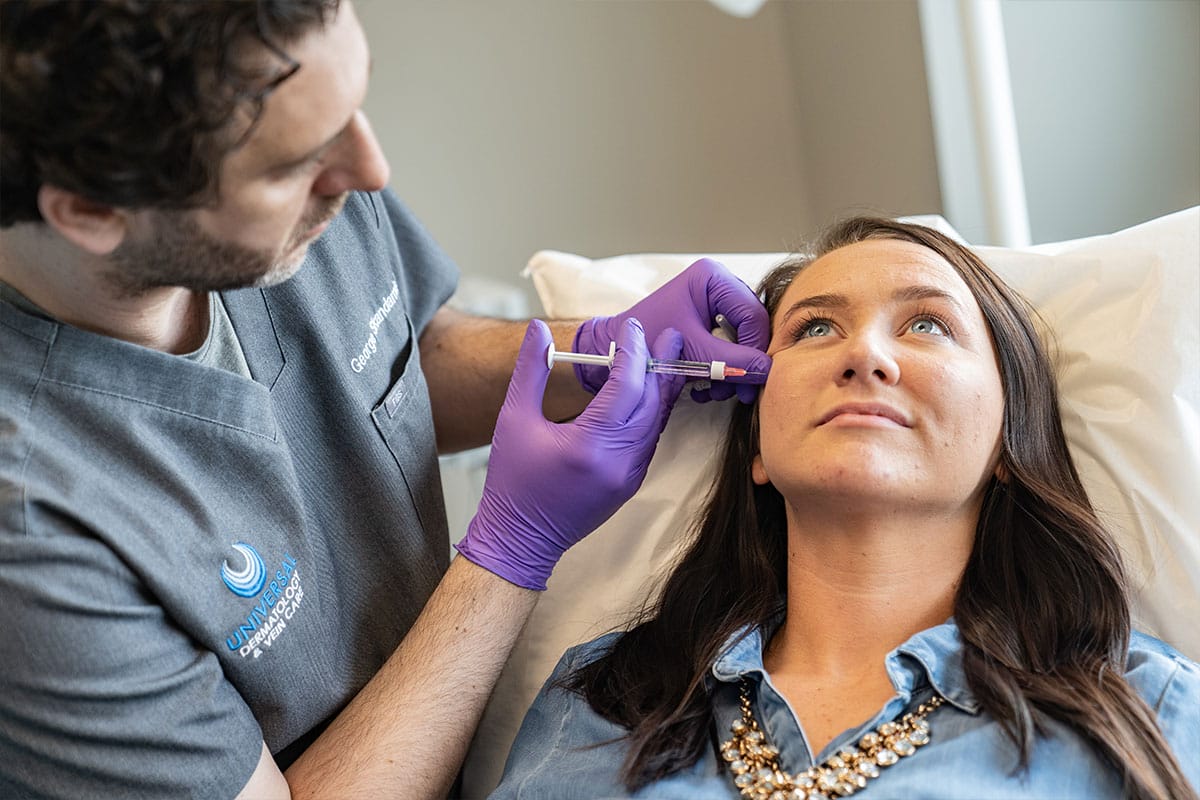 Financing
Financing Pay Bill Online
Pay Bill Online